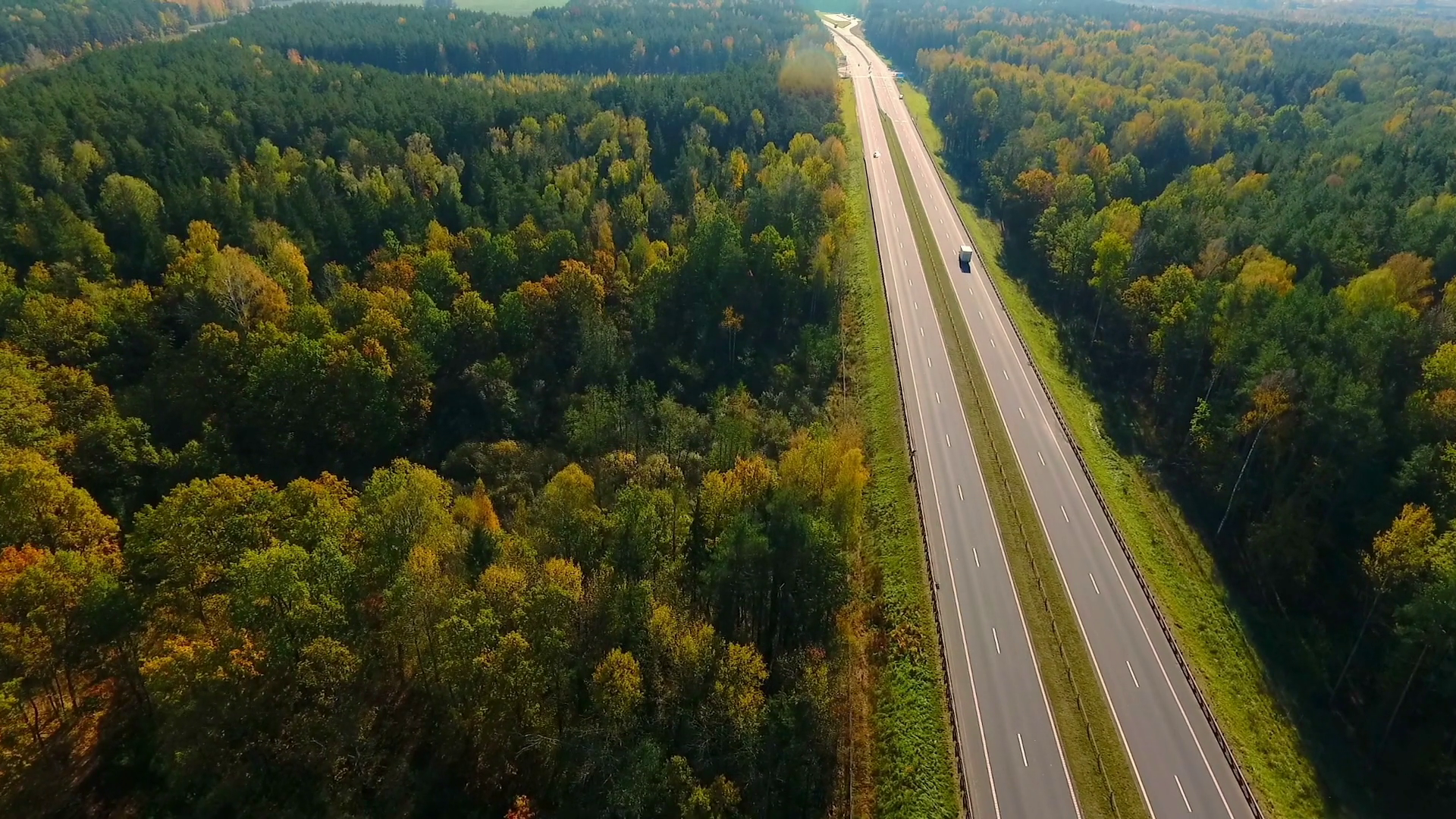

However, forest conservation costs money, both in terms of direct costs (staff, purchase of vehicles and other costs associated with managing protected areas), and in terms of the opportunity costs associated with the land allocated for conservation. The prevailing paradigm of conservation organisations is to strive to conserve as much natural habitat as possible. The objectives of all stakeholders, including conservation organizations, should be clearly articulated in ways that are amenable to effective monitoring and evaluation. Spatial analysis tools can also be used to provide a framework for negotiation.

FOREST LANDSCAPE FULL
The use of these tools needs to be supported by a high degree of participation from, and negotiation among, the full range of stakeholders, to identify the most important goods and services that need to be delivered by a particular landscape.

Spatial modelling tools can be used to formulate scenarios for optimal multifunctional landscapes and indicate where restoration investments will have maximum pay-off. However, care needs to be taken in planning and executing such programmes. Retention of even small fragments of natural vegetation is justified by their great potential value in providing the building blocks for future restoration programmes. Restoration in densely settled tropical areas can have more impact on biodiversity than further extension of "paper parks" in remote, pristine forests and can also deliver important forest goods and services to a wider range of stakeholders. In many deforested, degraded and fragmented forest habitats investments in restoration and rehabilitation can yield high conservation benefits.
FOREST LANDSCAPE MANUAL
In 2005 in cooperation with IUCN, ITTO published a manual on forest landscape restoration, Restoring Forest Landscapes: An Introduction to the Art and Science of Forest Landscape Restoration, to explore and explain the concepts and strategies involved in forest landscape restoration.Forest landscape restoration: the role of forest restoration in achieving multifunctional landscapesĠ670-B3 Forest landscape restoration: the role of forest restoration in achieving multifunctional landscapes These guidelines were revised and updated in 2020 under a joint initiative of the Collaborative Partnership on Forests led by ITTO. In cooperation with the Centre for International Forestry Research, the Food and Agriculture Organization of the United Nations, the International Union for Conservation of Nature (IUCN) and the Worldwide Fund for Nature, ITTO published the ITTO Guidelines for the Restoration, Management and Rehabilitation of Degraded and Secondary Tropical Forests in 2002. Among other things, it contributes to Sustainable Development Goals 1 (“no poverty”), 6 (“clean water and sanitation”) and 15 (“life on land”). It is also a tool for achieving diverse landscape goals by developing mosaics of complementary, productive land uses.įorest landscape restoration is a vehicle for delivering on internationally agreed commitments on forests, biodiversity, climate change and desertification. Forest landscape restoration has a proven track record in restoring key goods and services and improving the livelihoods of local people. Water becomes soiled, valuable plants and animals vanish, and supplies of timber and woodfuel dwindle.įorest landscape restoration aims to restore ecological integrity and improve the productivity and economic value of degraded forest landscapes, which may encompass a wide range of land uses in addition to forests. By definition, degraded forest land and degraded primary forests cannot do these jobs. They disgorge clean water into streams and reservoirs, dish up thousands of edible plants and animals, dispense medicines, and stand ready to supply industrial and local needs for timber and woodfuel. Healthy forests play important roles in the lives of billions of people.


 0 kommentar(er)
0 kommentar(er)
